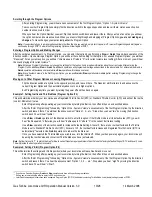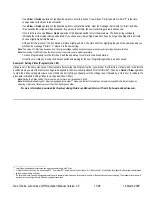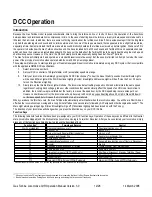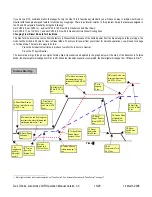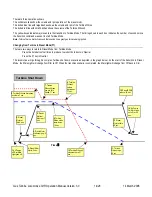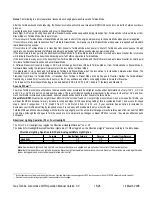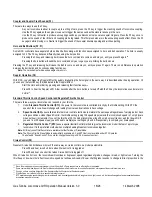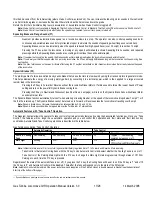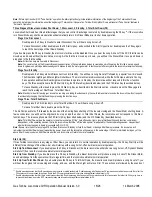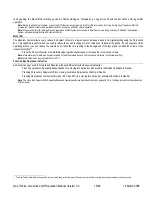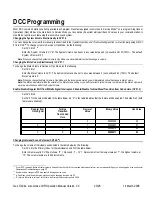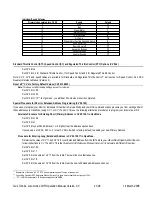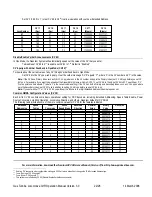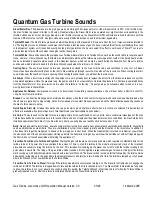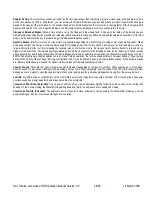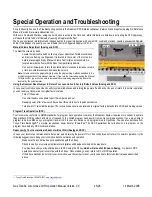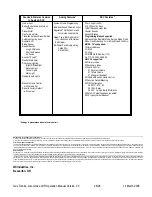
Doppler Run-by:
The locomotives sounds get louder as the train approaches, then immediately drop to a much lower pitch and lower volume
as the train passes by. With a little practice, you can activate the Doppler Effect exactly when and where you want. Doppler pitch change is
based on the speed of the locomotive, so the sounds change more dramatically when the locomotive is running faster. After the Doppler shift
has occurred and the Horn is no longer being blown, the Bell shuts off automatically and locomotive sounds return to normal.
Flanges or Extended Brakes:
When a train enters a curve, the flanges on the wheels tend to ride up on the inside of the rail and squeal.
Recreate this squealing effect by pressing and releasing the Brake Sound function key button quickly and repeatedly as necessary. Or for slow
stops, use the same function key to produce long protracted squealing brake sounds.
Dynamic Brakes:
Electric motors can act as motors or generators depending on whether they are using power or generating power. When
used as generators, the traction motors are disconnected from taking power from the locomotive’s prime mover, and instead are connected to
large resistor grids in the roof. By increasing the resistive load on the traction motors, the traction motors become harder to turn and act as
brakes for the locomotive. The electric power generated by turning the traction motors is dissipated as heat by the resistor grid. These resistor
arrays get quite hot and require cooling. When Dynamic Brakes are turned on under Diesel operation, the Diesel Motor sound drops to notch 1
and the Dynamic Brake cooling fan sounds come on. Under Turbine operation, the Turbine sound will drop it its lowest Sound of Power setting
but since the Turbine Whoosh stays relatively constant and loud, it may be difficult to hear the Dynamic Brake sounds. Since dynamic brakes
are relatively ineffective a low speeds, the Dynamic Brakes will shut off automatically below 8 smph.
Coupler Sounds:
There are two types of coupler sounds in Quantum depending on the type of operation. When coupling up to rolling stock,
hear the sound of a locomotive crashing into and pushing a string of cars. When uncoupling, hear the sound of the lift bar and coupler pin after
backing up over a magnet to open the couplers. Hear the knuckle opening and the air brakes parting when moving from the uncoupled cars.
Low Idle:
Low Idle is used on prototype locomotives to maintain a warm and ready locomotive with a minimum of fuel consumption. The special
Low Idle sound has a lower base throb and is less harsh than the normal idle.
Locomotive Shut Down (Extended):
The air pumps will turn off, as well as directional lighting, followed by the sounds of the cooling fans
shutting off, the louvers closing, the Diesel Motors shutting down and finally, the engineer’s door opening and closing.
Locomotive Start Up (Extended):
The engineers door will open and close, followed by vents opening, the Diesel Motor starting up, the air
pumps starting up, and the locomotive entering normal operation.
Gas Turbine Locomotive Q1R Operation Manual Version 3.0
24/26
14 March 2006

